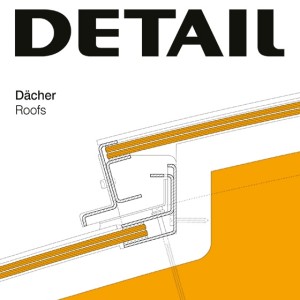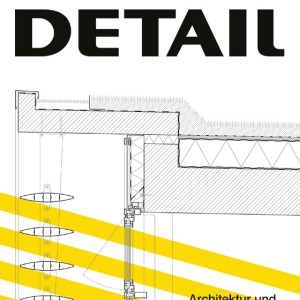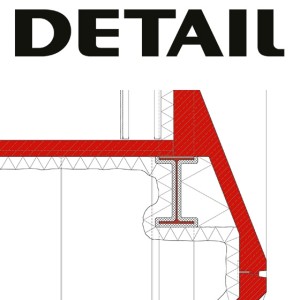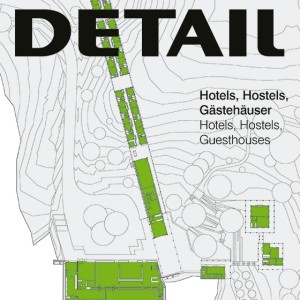Ürün Detayı
Facades have always had many roles to play. They give buildings a face, protect them from the elements, and convey meaning. As art historian Wolfgang Kemp describes, facades serve as “places of public self-reflection in architecture.” This might sound like self-indulgent naval gazing, but it is crucial – particularly when renovating existing structures, where traditional materials are integrated into new contexts and architectural forms must adapt to modern demands.
The examples presented in this issue highlight the merits of thoughtful facades. We document the meticulous restoration of two bank towers in Bilbao and Dusseldorf preserving the appearance and structure of the original facades despite functional changes. In the transformation of an old slaughterhouse in Ostrava into an art gallery, the vestiges of old windows merge with expansive new facade openings. A carriage house in Basel, now a home, demonstrates how windows can amplify both spatial dimensions and architecture’s sculptural potential.
Each of these buildings blends old and new in ways that only become apparent on closer inspection. To reveal their hidden nuances, we elaborate on their design concepts and delve into the intricacies of their facade construction.





